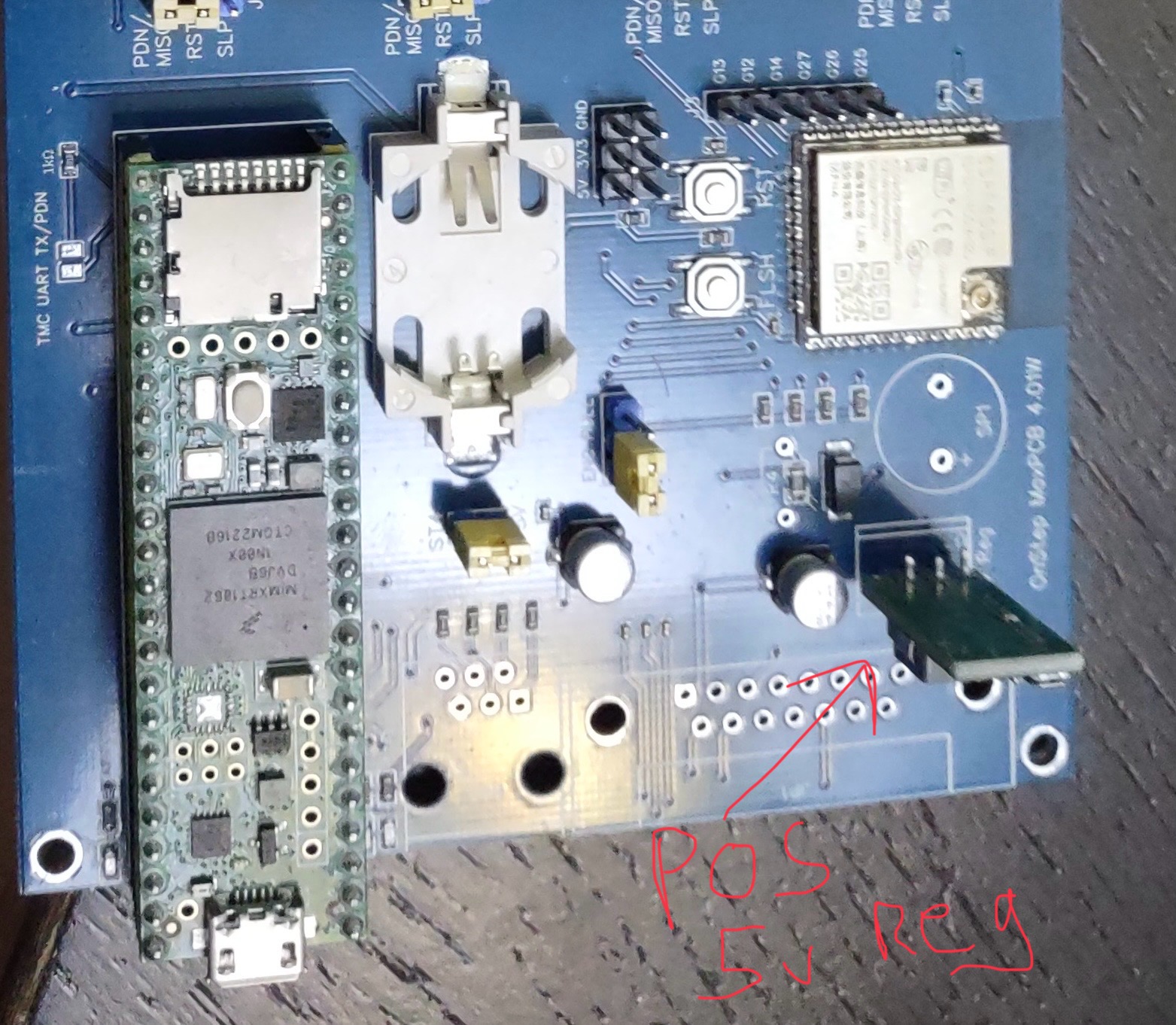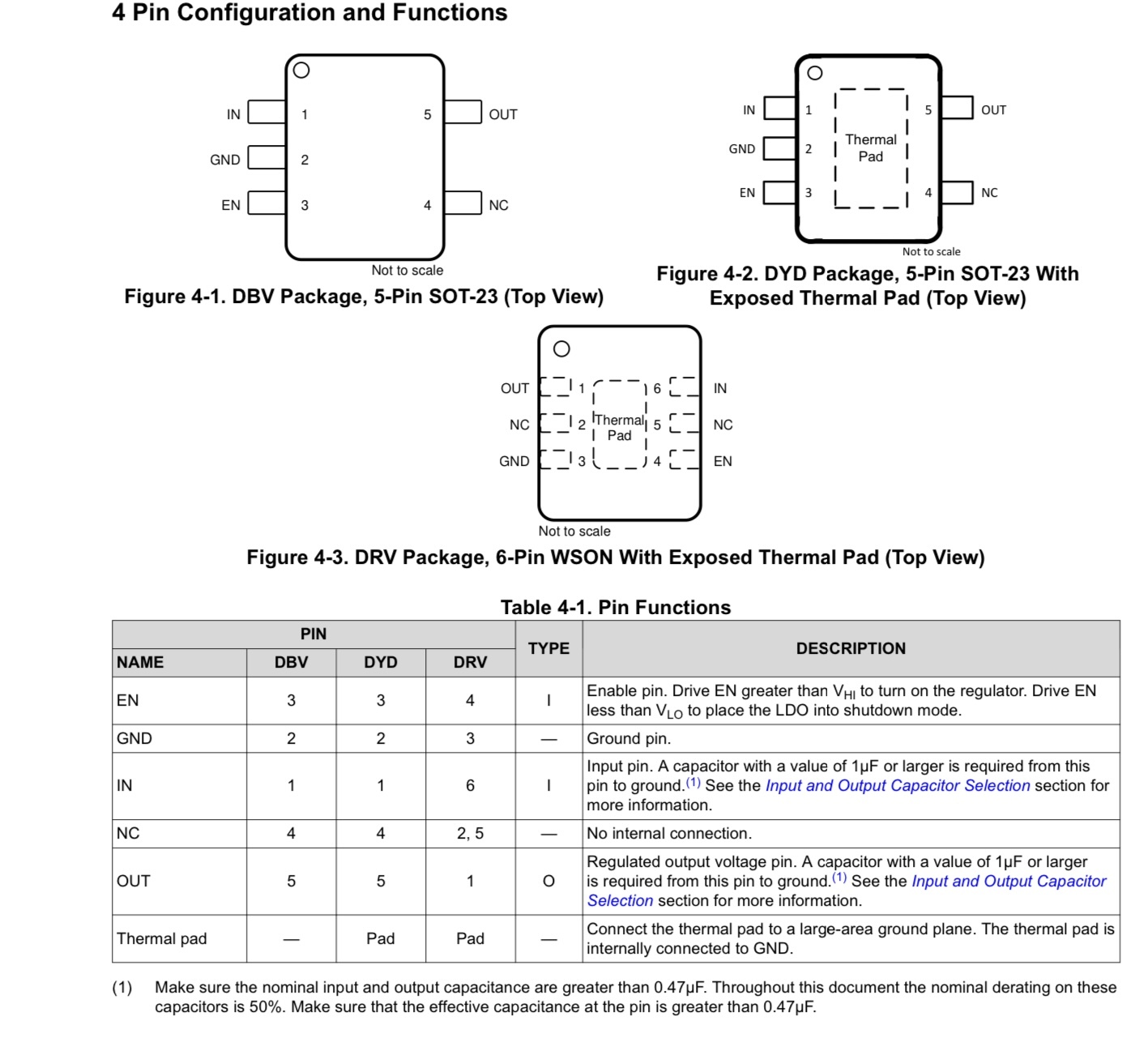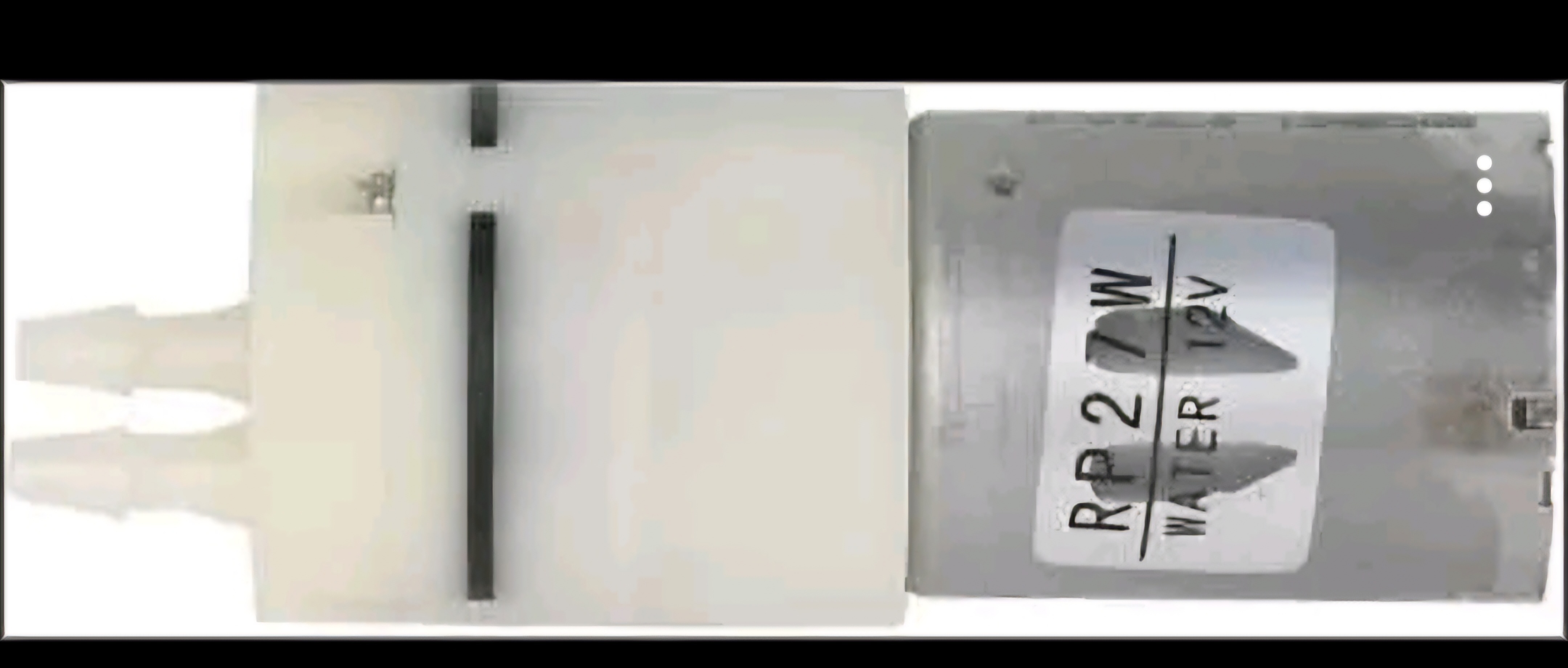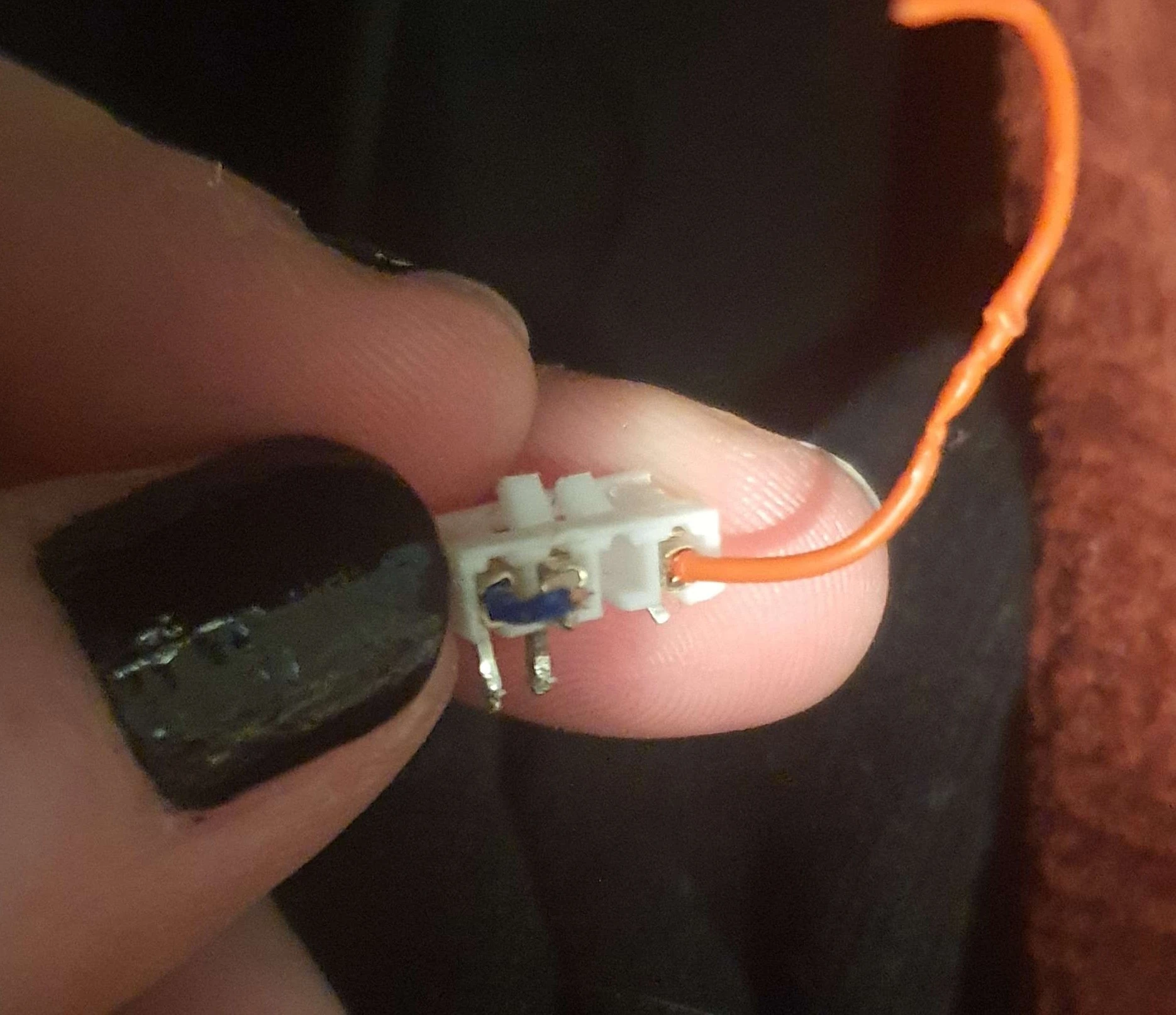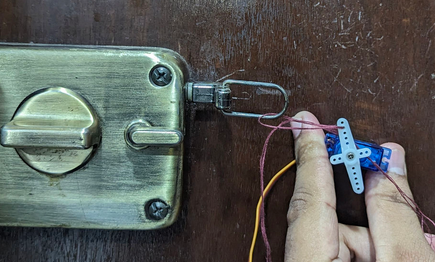EDIT: Thanks everyone for you help, that has been very instructive. I think I just have a very poor quality cable adapter. Given that Blueretro is mostly an opensource DIY project, I’ll make a cable adapter myself instead of trying to fix what would obviously not function properly.
Hi everyone,
First of all let me say that I’m a total noob in electronics (I really only know the basics) and I’m facing an issue that I really don’t know how to tackle.
I have bought a Blueretro NES adapter on Aliexpress (this one) and it does behave erratically when powered by the console alone (Bluetooth not working, LED indicator down, random outputs to the console).
When I’m powering via USB, everything function properly.
So I guessed that I might have a voltage issue on the NES side. I tested mine and make a few friend test theirs (5 in total including mine) and the result is still the same: the controller ports outputs between 4.6 and 4.8V instead of 5V.
The Blueretro itself apparently uses an AMS1117 (picture here) which, from my understanding, is stepping down 5V to 3.3V (wild guess, I don’t really know what it does, just quickly read the datasheet).
So, sorry for the long intro, here are my questions:
- Is it wise to try to step up the voltage from the NES to the Blueretro from 4.6V to 5V? How would it be possible? Is it even possible?
- Given that the Blueretro is taking 3.3V apparently, is it possible to step down from 4.6V to 3.3V instead? Is it wiser than stepping up?
Thanks in advance and sorry for the long post :)
